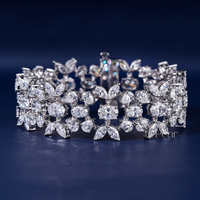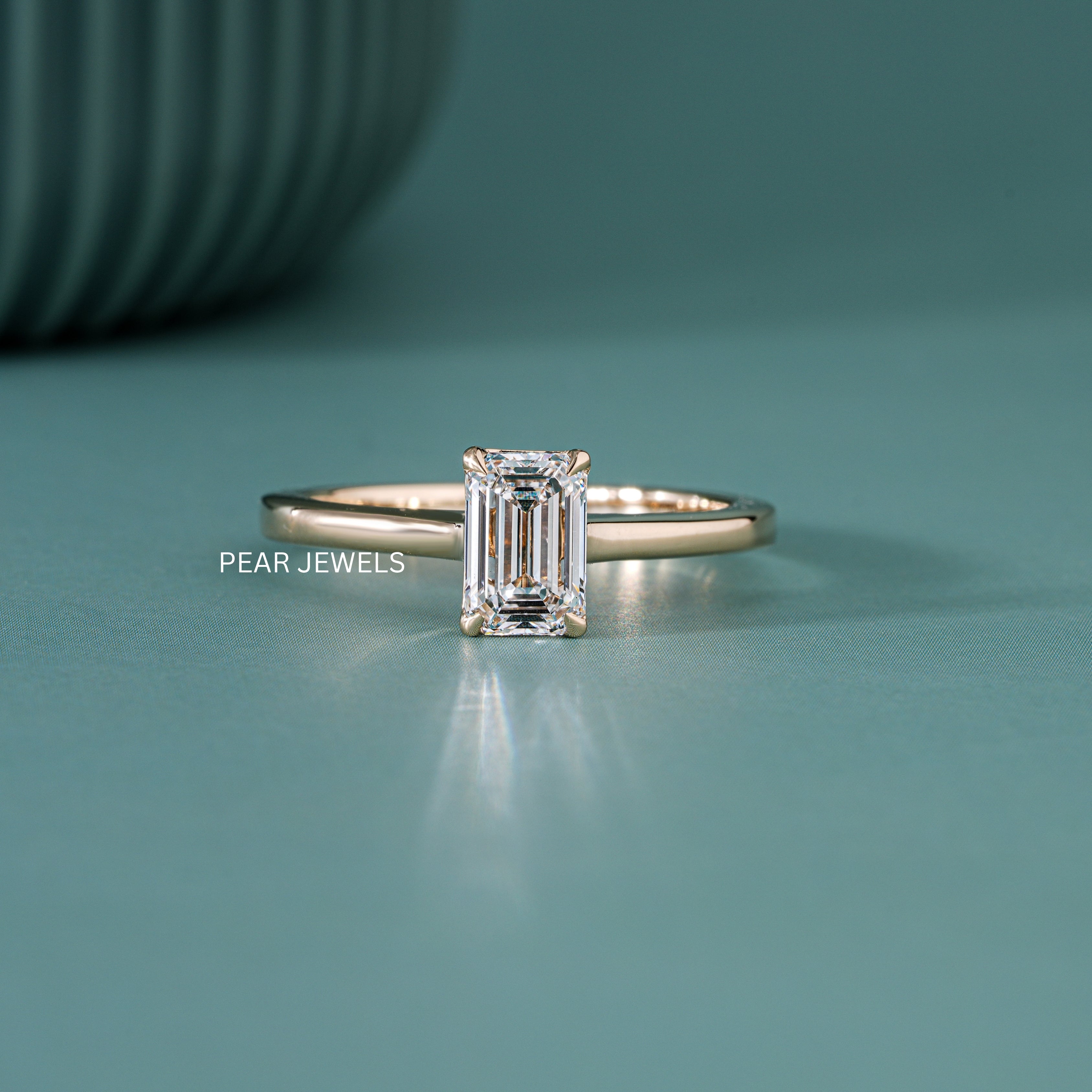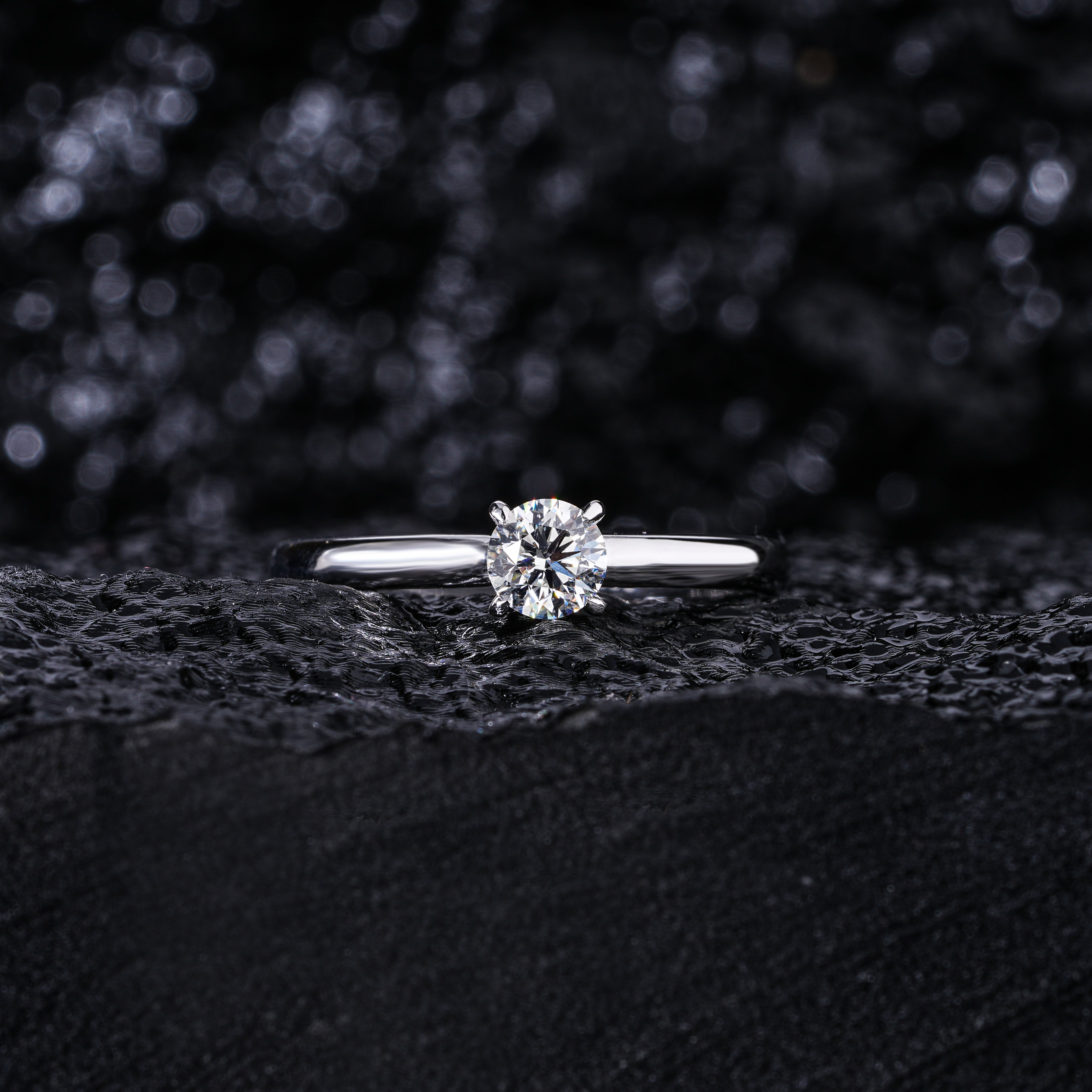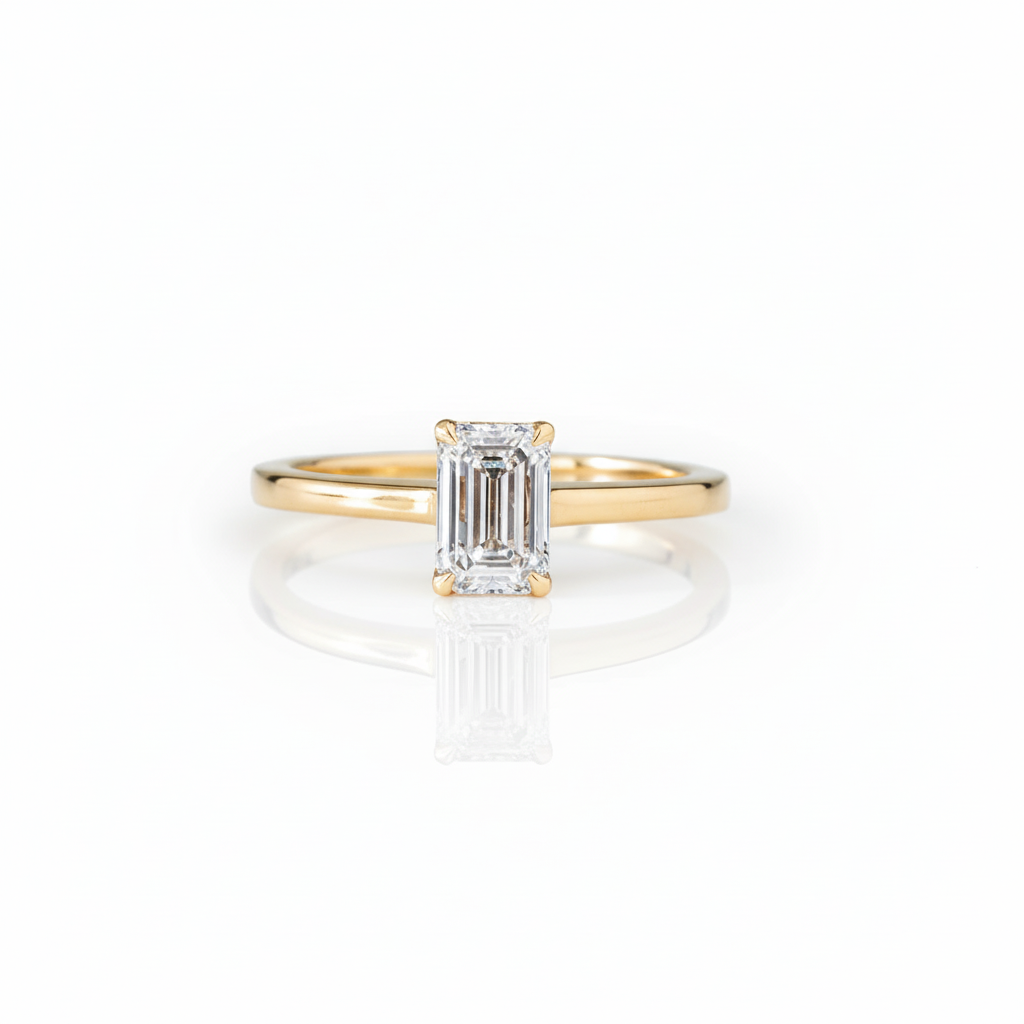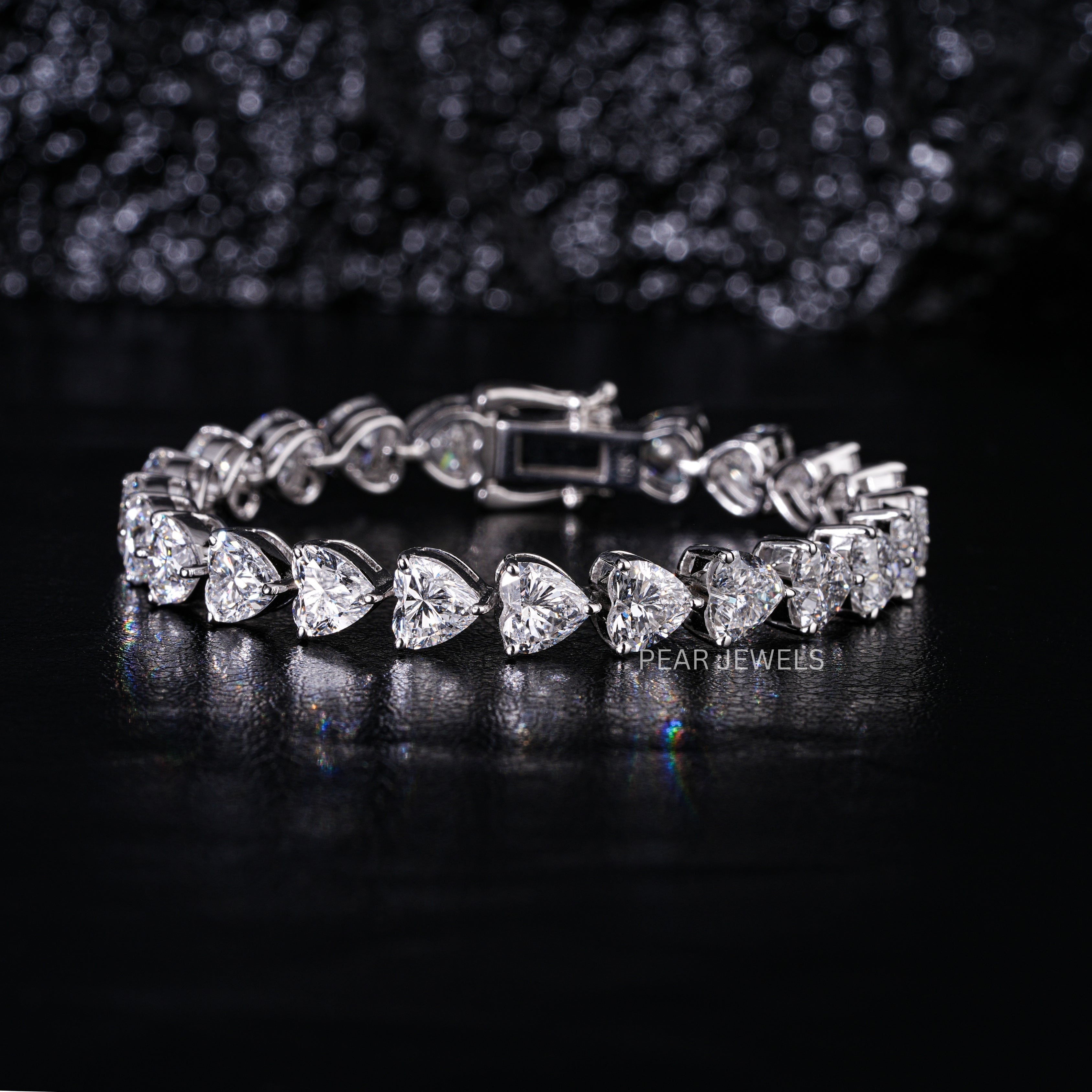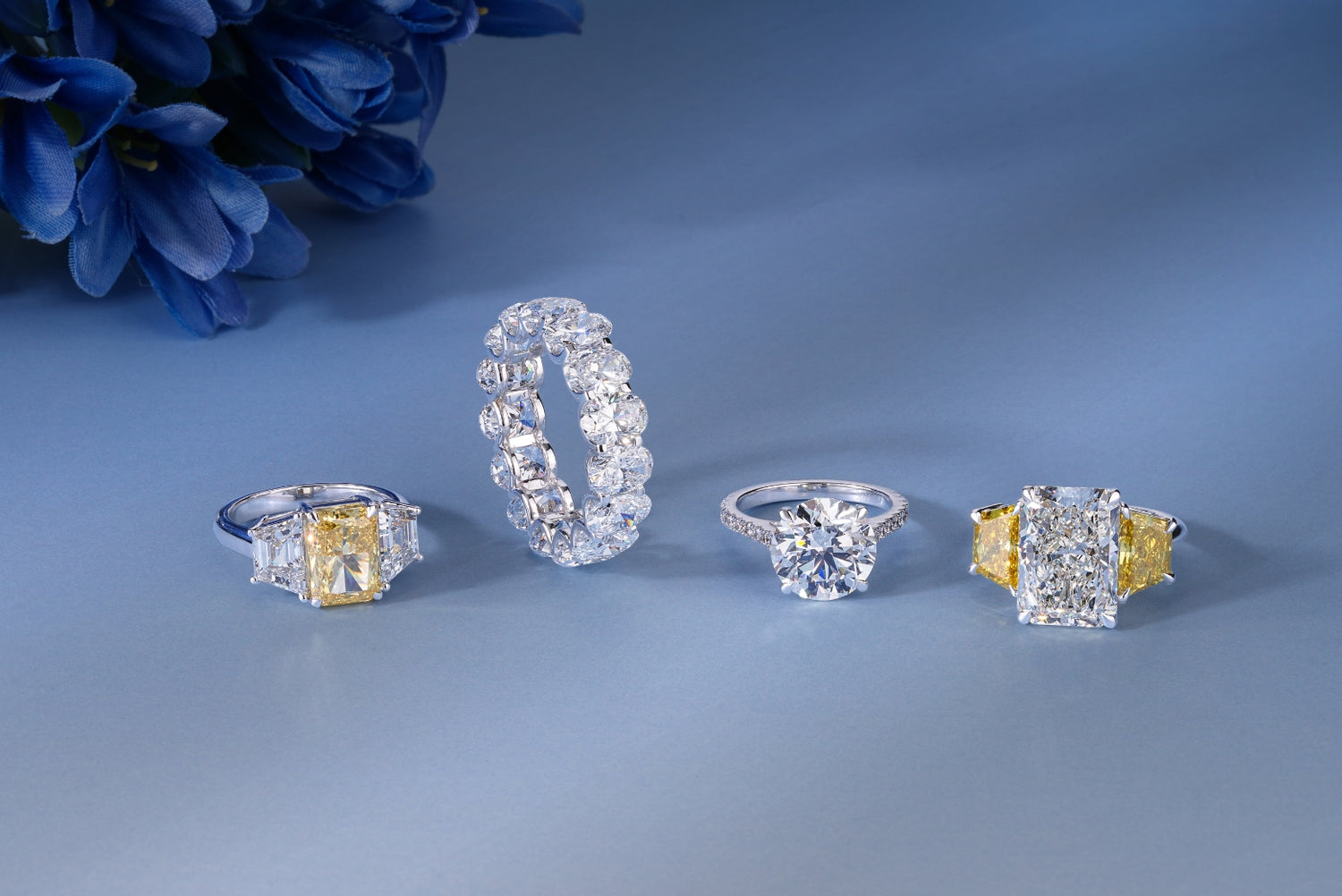Diamond shape significantly impacts pricing, with variations reaching 30-40% between different cuts of identical quality. Understanding these price differences helps you maximize value while selecting the perfect stone for your engagement ring or jewelry piece.
Why Diamond Shape Affects Price
The manufacturing process determines shape pricing through material waste and cutting complexity. Shapes that use less of the rough diamond, such as the round brilliant cut, cost more per carat than shapes such as the emerald, princess and radiant cuts. This waste factor, combined with demand patterns and cutting difficulty, creates substantial price variations across different shapes.
Round diamonds require the most skilled cutting and produce the highest waste percentage during manufacturing. The precision needed to achieve optimal light performance in round stones demands exceptional craftsmanship, driving up production costs that translate to higher retail prices.
Round Brilliant: The Premium Standard
Round-cut diamonds (also known as brilliant-cut) remain the most popular and expensive shape in the market. Rounds are typically about 10% - 20% more expensive than other shapes (fancy shapes: shapes other than round) in the same carat weight and quality.
This premium reflects several factors beyond manufacturing costs. Round diamonds achieve maximum brilliance through their 58-facet design, creating unparalleled light return that justifies their higher pricing. Market demand remains consistently strong, with round stones representing approximately 75% of all engagement ring purchases.
The round shape also offers versatility in settings, working beautifully in solitaire, halo, three-stone, and vintage designs. This adaptability maintains strong resale value, making rounds a sound long-term investment despite their higher initial cost.
Cushion Cut: Vintage Appeal with Value
Cushion cut diamonds provide exceptional value compared to rounds while delivering distinctive character. These square or rectangular stones with rounded corners offer a vintage aesthetic that appeals to modern buyers seeking unique charm.
Holding all the 4Cs the same for the center stones, the round diamond will cost more than the cushion cut diamond. This price advantage makes cushion cuts attractive for buyers wanting larger carat weights within specific budgets.
Cushion cuts come in two primary varieties: classic and modified brilliant. Modified cushions feature additional facets that increase brilliance, while classic versions offer broader light flashes with vintage appeal. Both variations cost significantly less than comparable round diamonds.
The shape's flexibility allows for various length-to-width ratios, from perfectly square to elongated rectangles. Elongated cushions appear larger than their carat weight suggests, providing excellent visual value.
Pear Shape: Elegant and Distinctive
Pear-shaped diamonds combine round and marquise characteristics, creating teardrops that offer unique elegance. These stones require careful selection to avoid visible bow-tie effects and ensure balanced proportions.
Pear shapes typically cost 15-25% less than comparable rounds while appearing larger due to their elongated form. The pointed end creates a slimming effect on fingers, making them particularly flattering for engagement rings.
Quality becomes crucial with pear shapes, as asymmetry and poor proportions become readily apparent. Professional guidance helps identify well-cut stones that maximize beauty while maintaining value pricing.
Halo Settings: Amplifying Any Shape
Halo settings surround center stones with smaller diamonds, creating dramatic visual impact regardless of shape choice. This setting style particularly benefits fancy shapes by adding brilliance while maintaining cost advantages over rounds.
Cushion cut halo engagement rings featuring a square-rectangular cut, rounded corners & large facets, surrounded by a ring of diamonds to enhance the sparkle. The halo effect makes center stones appear significantly larger while adding overall brilliance to the design.
Halo settings work exceptionally well with fancy shapes because they complement rather than compete with the center stone's character. The surrounding diamonds create uniform brightness that masks any slight performance differences between shapes.
Fancy Shape Advantages
Fancy shapes such as marquise, oval, and pear are elongated and tend to appear larger than a round. Nearly one-third of all engagement rings today are created with a fancy shaped diamond, the most popular shapes being princess, cushion, and radiant.
The princess cut is one of the most brilliant diamond shapes and, compared to a round, comes at a 25-35% discount. This substantial savings allows buyers to upgrade other quality factors or increase carat weight within their budget constraints.
Fancy shapes offer personality and distinction that rounds cannot match. Each shape creates different optical effects and emotional responses, allowing couples to select stones that reflect their individual style preferences.
Price Comparison by Shape
Current market data shows consistent pricing patterns across shapes:
Round Brilliant: Premium pricing (baseline)
Princess Cut: 25-35% less than rounds
Cushion Cut: 20-30% less than rounds
Oval: 15-25% less than rounds
Pear: 15-25% less than rounds
Emerald: 20-30% less than rounds
Radiant: 20-30% less than rounds
These percentages vary based on quality grades and market conditions but provide reliable guidelines for budget planning.
Maximizing Value Through Shape Selection
Strategic shape selection dramatically impacts value without compromising beauty. Buyers prioritizing size can choose fancy shapes to achieve larger carat weights within fixed budgets. Those seeking maximum brilliance might justify round premiums for superior light performance.
Consider lifestyle factors when selecting shapes. Active individuals benefit from rounded corners that resist chipping, while those preferring unique aesthetics might choose distinctive fancy shapes despite slightly higher maintenance requirements.
Quality Considerations by Shape
Each shape presents unique quality evaluation challenges. Fancy shape diamonds only receive a polish and symmetry GIA grade, as opposed to the round brilliant, which receives the official grade of cut, polish, and symmetry. This grading difference requires additional expertise when evaluating fancy shapes.
Proportions become critical with fancy shapes, as poor ratios create unflattering appearances regardless of other quality factors. Professional guidance helps identify well-proportioned stones that deliver exceptional beauty at favorable prices.
Making Your Decision
Each diamond shape has its own pros and cons, so it's important that you take the time to shop for a diamond shape you love with the exact qualities you or your partner will appreciate.
Shape selection should balance personal preferences with practical considerations including budget, setting compatibility, and lifestyle requirements. Professional consultation helps evaluate these factors while ensuring informed decisions that provide lasting satisfaction.
Diamond shape dramatically influences both price and appearance, with strategic selection offering substantial savings without compromising beauty. Understanding these relationships empowers confident purchasing decisions that maximize value while achieving your aesthetic goals.
